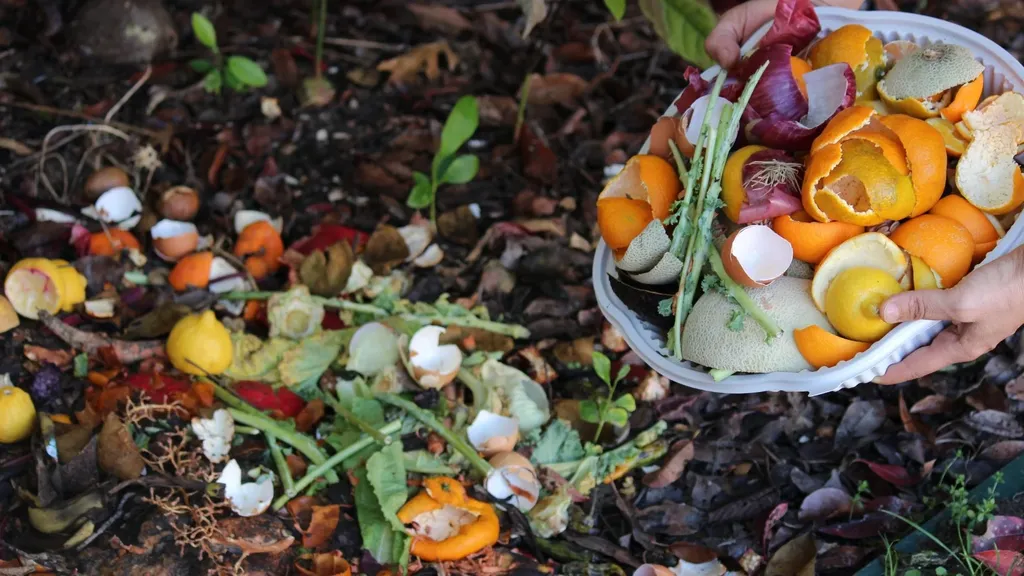In the heart of Palembang, Indonesia, a young scientist is turning agricultural waste into a promising alternative to chemical fertilizers, potentially revolutionizing sustainable farming practices. Muhammad Nadhif Rasendriya Ramadhan, a student at Harapan Mulia Islamic School, has developed a liquid biofertilizer called ESSIK, derived from fermented egg shells, fish scales, and chicken feathers. This innovative solution aims to address the pressing issue of soil degradation caused by excessive chemical fertilizer use, offering a greener path forward for agriculture.
The global demand for chemical fertilizers has been on the rise, driven by the increasing human population and the need to boost agricultural productivity. However, the environmental toll of these fertilizers is substantial, with soil quality and natural properties deteriorating over time. Ramadhan’s research, published in the journal “Biology, Medicine & Natural Product Chemistry” (translated as “Biologi, Kedokteran, dan Kimia Produk Alam”), presents a compelling case for a more sustainable approach.
ESSIK is crafted from readily available waste materials, each contributing essential nutrients for plant growth. Egg shells provide calcium, crucial for plant enzyme synthesis; fish scales offer calcium and phosphorus, which accelerate fruit ripening; and chicken feathers supply high protein, a source of amino acids. These components are fermented using effective microorganisms (EM4) to break down complex polymers into forms more easily absorbed by plants.
In a study using mung beans (Vigna radiata), Ramadhan found that a 20% concentration of ESSIK yielded the best results, with plants reaching over 41 cm in length, producing 16 leaves and 9 stalks. The leaves exhibited a healthy, green appearance, measuring approximately 6.6 cm in length and 3.8 cm in width. “The potential of ESSIK as an eco-friendly and sustainable biofertilizer is significant,” Ramadhan explained. “It not only promotes robust plant growth but also contributes to waste recycling and environmental conservation.”
The implications of this research extend beyond the agricultural sector. As the world grapples with the challenges of climate change and environmental degradation, innovative solutions like ESSIK offer a glimmer of hope. By reducing reliance on chemical fertilizers, farmers can mitigate soil degradation and enhance long-term productivity. Moreover, the repurposing of agricultural waste aligns with circular economy principles, minimizing waste and maximizing resource efficiency.
The commercial impact of this research could be substantial. As consumers increasingly demand sustainably produced food, farmers and agricultural companies may find a competitive edge in adopting eco-friendly practices. The energy sector, too, could benefit from reduced environmental impacts associated with chemical fertilizer production and use.
Ramadhan’s work highlights the importance of interdisciplinary research and the potential for young scientists to drive meaningful change. As he continues to refine and scale his biofertilizer, the agricultural community watches with keen interest, hopeful that ESSIK could pave the way for a more sustainable future.
In the quest for sustainable agriculture, Ramadhan’s research stands as a testament to the power of innovation and the potential for waste materials to be transformed into valuable resources. As the world seeks to balance productivity with environmental stewardship, solutions like ESSIK offer a promising path forward, inspiring further research and collaboration in the field of agritech.

